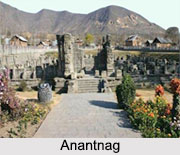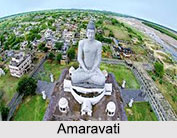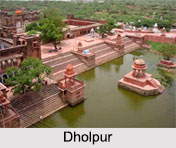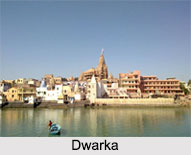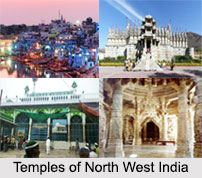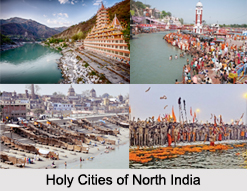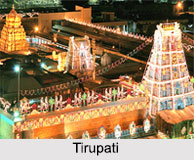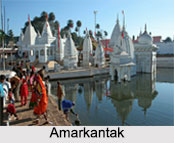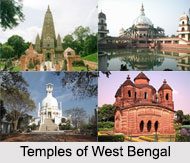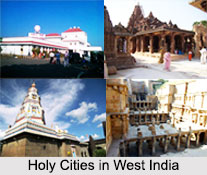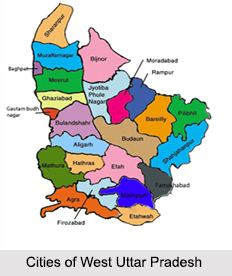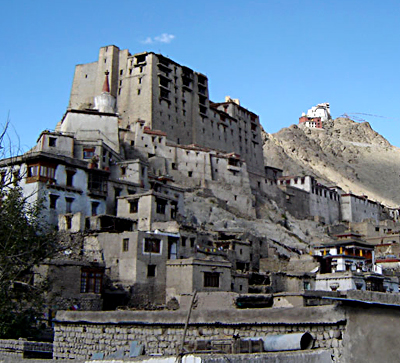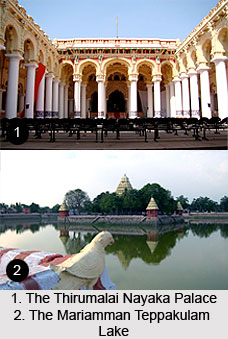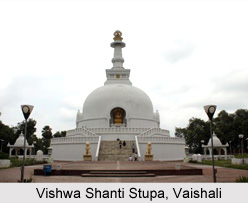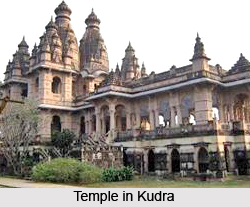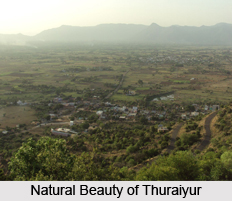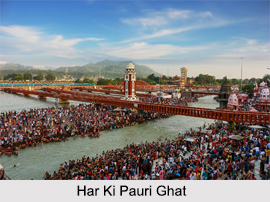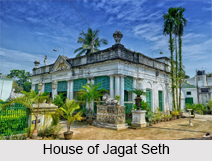 Jagat Seths were a rich business and money lender family in Murshidabad, now located in Murshidabad District of West Bengal.
Jagat Seths were a rich business and money lender family in Murshidabad, now located in Murshidabad District of West Bengal.
Time of Jagat Seths
It was in medieval Bengal that is during the time of Siraj-ud-Daulllah, after Alivardi Khan, became the rule of Bengal. It was a tough time to manage the rule in India. India was under the rusted shackles of Mughals and mighty Marathas and Nizams. At that time, the colonial powers came here to do business here and later engaged in War due to the Seven Years War in Europe and later British East India Company came in a new European colonial power in India.
Life of Jagat Seth
Jagat Seth came from a rich Jain Marwari business family in Murshidabad, now Murshidabad District of West Bengal. His spiritual guru was Jain Acharya Sri Bhratruchandra Suri. The Seths were among the most powerful bankers of India during the first half of 18th century. Roben Orme described Jagat Seths as the greatest shroff (money changers) and banker in the known world.
Banking of Jagat Seths
Jagat Seths were unrivalled in northern and eastern part of India for their financial power. Known as `banker of the world`, this Marwari family had built up formidable economic resources on the back of its control of the imperial mint and extensive money lending. They wielded this financial clout at the Bengali court and were judged to be `the chief cause of revolutions in Bengal.
Conspiracy against Siraj
Jagat Seth along with Omichund and Mir Jafar joined the successful conspiracy against the Nawab Siraj ud daullah, engineered by Robert Clive, due to which Siraj ud daullah lost the Battle of Plassey in the year 1757. British East India Company thus emerged as a major power broker in India till 1857. Mir Jafar became the ruler of Bengal with the support of British East India Company. After the death of Mir Jafar, Mir Qasim became the ruler of Murshidabad and resulted in the execution of the family of Jagat Seths.
Execution of family of Jagat Seths
The Jagat Seth family were beheaded in the year 1763, during the reign of Mir Jafar`s successor Mir Kasim, just a year before the Battle of Buxar. Mir Kasim was initially supported by the British East India Company as he was in friendly terms, but later he had attempted to curb their power and throw them out of eastern India and resulted in the Battle of Bauxar in 1764.
Related Articles
Tourism In Kolkata
History of Kolkata
Modern History of Kolkata
Medieval History of Kolkata
Murshidabad District
Monuments in Murshidabad
British East India Company
History of British Architecture in India
Hazarduari Palace
Tourism in Murshidabad
